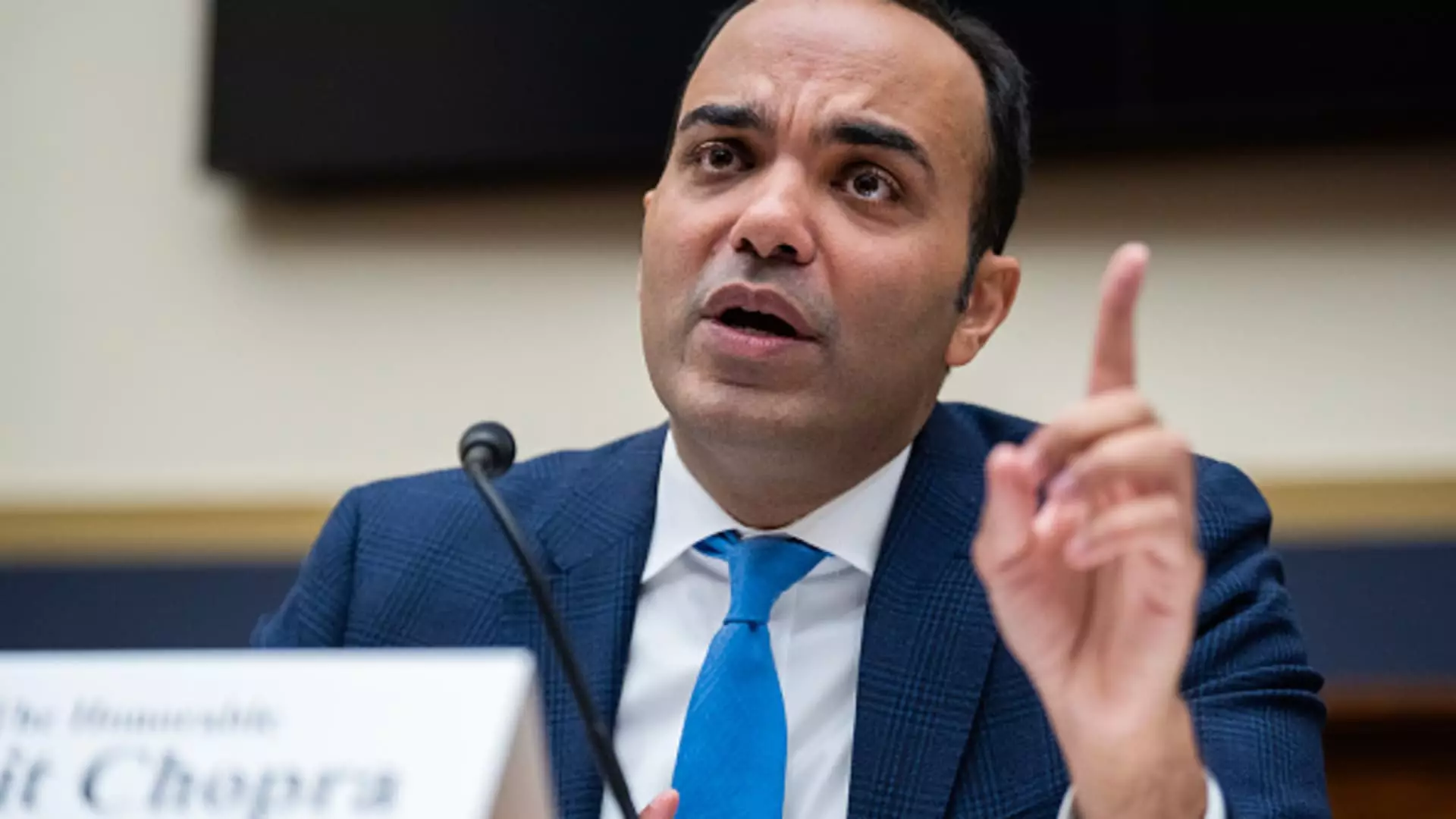The Consumer Financial Protection Bureau (CFPB) has taken a significant step toward reforming the overdraft fee practices of large banks with the announcement of new regulations. This move is intended to alleviate the financial burden on consumers and make banking fairer. By instituting a cap on overdraft fees, the CFPB is aiming to safeguard Americans from the excessive charges that have historically drained their bank accounts. This article examines the implications of the new rule, the reactions from banking associations, and the broader context of consumer protection in the banking industry.
The final version of the rule, revealed on Thursday, marks a change in the landscape of overdraft fees across a range of financial institutions. The CFPB estimates that these changes could save consumers approximately $5 billion annually. Banks will have the option to impose a nominal fee of $5 for overdraft incidents, which represents a dramatic reduction from the average fee of about $35. Alternatively, they could choose to set fees that strictly reflect their operational costs. The rule is a response to an ongoing issue with overdraft fees, which the CFPB identified as excessive and detrimental to millions of American households.
CFPB Director Rohit Chopra expressed his discontent with the traditional practices of larger banks, alleging that they have taken advantage of a legal loophole that leads to consumer exploitation. Employees at the CFPB and consumer advocates welcome this move, underscoring that it holds banks accountable by ensuring that consumers are aware of the interest rates associated with overdraft loans. Such transparency is vital in an environment where many individuals often find themselves uncertain about the true costs of their banking services.
Overdraft fees have historically been a lucrative revenue stream for banks, accumulating a staggering $280 billion since the year 2000. However, there is growing evidence that these revenues are on a decline. Major players in the banking sector, including institutions like JPMorgan Chase and Bank of America, have begun reevaluating their fee structures, with some reducing fees or even eliminating them altogether for certain transactions. These changes reflect a growing pressure on banks to adapt to consumer demand for fairer practices within the financial system.
While the new rule offers a tiered approach, allowing for a significantly lower overdraft fee, it has sparked a contentious debate. Many banking institutions are expressing concern that this regulation could inadvertently restrict access to essential financial services. The Consumer Bankers Association, for example, has voiced intentions to contest the implementation of the rule, suggesting that consumers might be pushed toward riskier alternatives, such as high-interest payday loans.
Political Context and Future Uncertainty
The timing of the rule’s announcement is critical, occurring as the Biden administration approaches its conclusion. This regulation is part of a broader strategy to eliminate “junk fees” that burden consumers across various sectors. However, there remains uncertainty surrounding the rule’s future, amid anticipated pushback from banking groups. A previous attempt to cap late fees on credit cards, set to be implemented in May, has already been stalled in federal courts, illustrating how the banking industry can successfully challenge regulatory efforts.
With the impending shift in leadership at the CFPB—expected with the inauguration of Donald Trump—there’s a growing concern that these reforms may not withstand the test of time. The new administration is likely to prioritize different financial policies that do not align with the consumer protection measures advocated by the outgoing administration. Critics fear that such changes could interrupt the progress made towards more equitable banking practices.
The new overdraft rule by the CFPB is a reassuring step for many consumers who have felt the weight of excessive banking fees. While the projected savings of $5 billion per year signify a positive shift, the full impact of this policy will depend on its implementation and the reactions of the banking sector. As industry lobbying mounts, it will be crucial for consumer advocates to remain vigilant in defending the interests of the public. The landscape of banking in America may soon face significant changes; however, whether these changes will effectively prioritize consumer welfare depends heavily on the political and corporate landscapes that shape the financial system.

